After touring a couple of vacated suites, we asked about the one we didn’t tour. “Suite 249? Oh…we don’t show people THAT space….”
“SHOW US.”

After touring a couple of vacated suites, we asked about the one we didn’t tour. “Suite 249? Oh…we don’t show people THAT space….”
“SHOW US.”
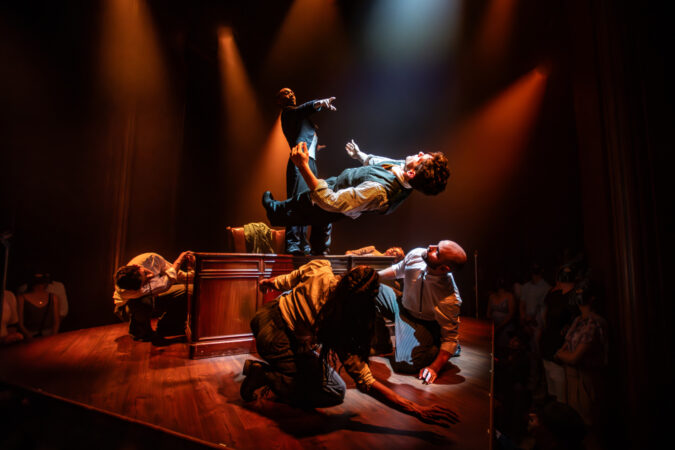
Emursive shocked both ticket holders and its very own staff by announcing the abrupt closure of the immersive production “Life and Trust.” Via email. For the immersive arts to thrive, we need better managers.
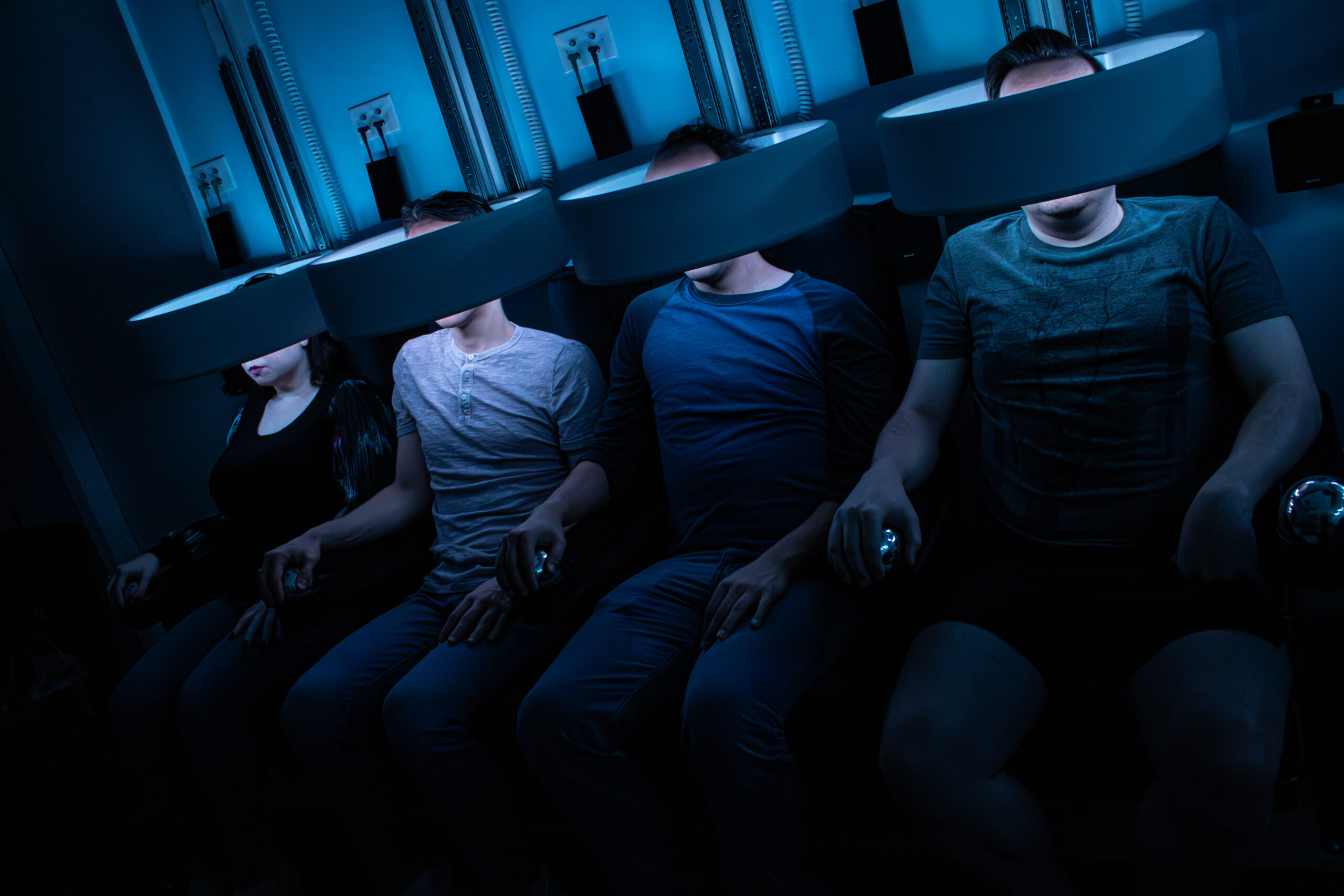
The player journey is an outline of your experience. It walks through the show beat by beat strictly through the guest’s eyes.

The Magic Circle’s magic is less about money spent on mechatronics and more about dedication in design.

Backstory is not story, gossip is not drama, and information is not interesting.
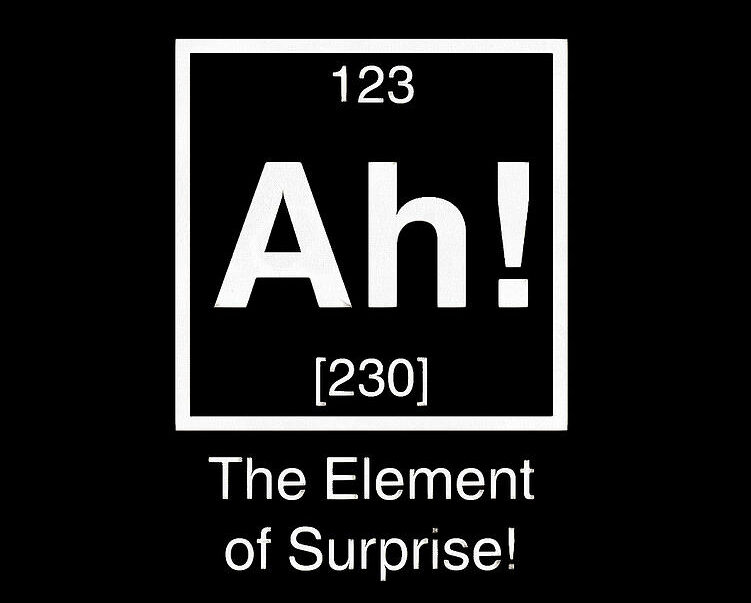
If nothing changes in your scene, you have a wheels-spinning-in-place or slice-of-life bit that, unless you’re dedicated to some serious post-modern story-telling project, should be cut from the final edit.
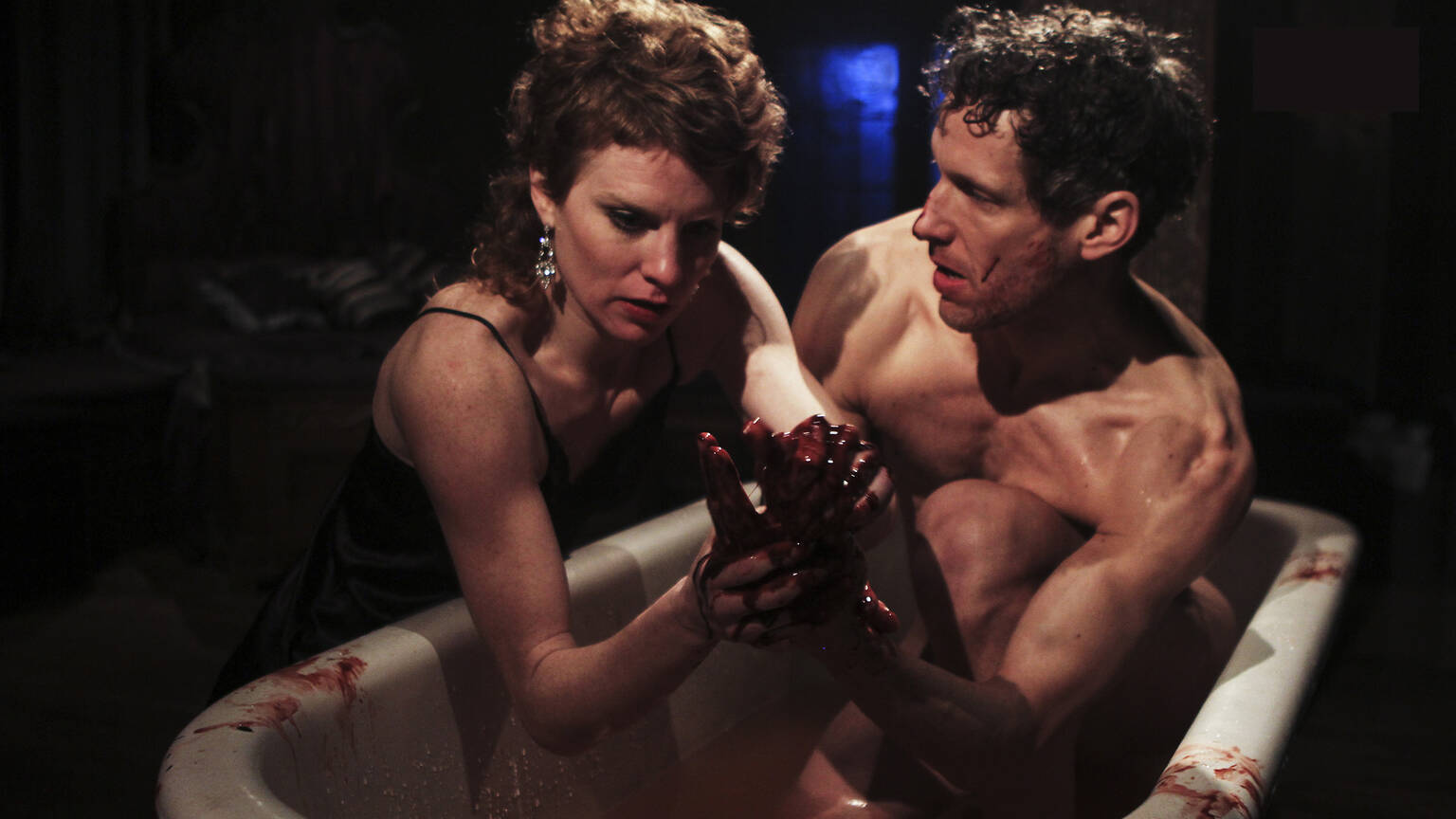
The place was mine to explore, and the camera was my eye. The story I witnessed was no story, flattened out by a stage, screen, or page, but a memory in my body. Whoa.

There are many ways to define a successful business beyond maximizing profits.
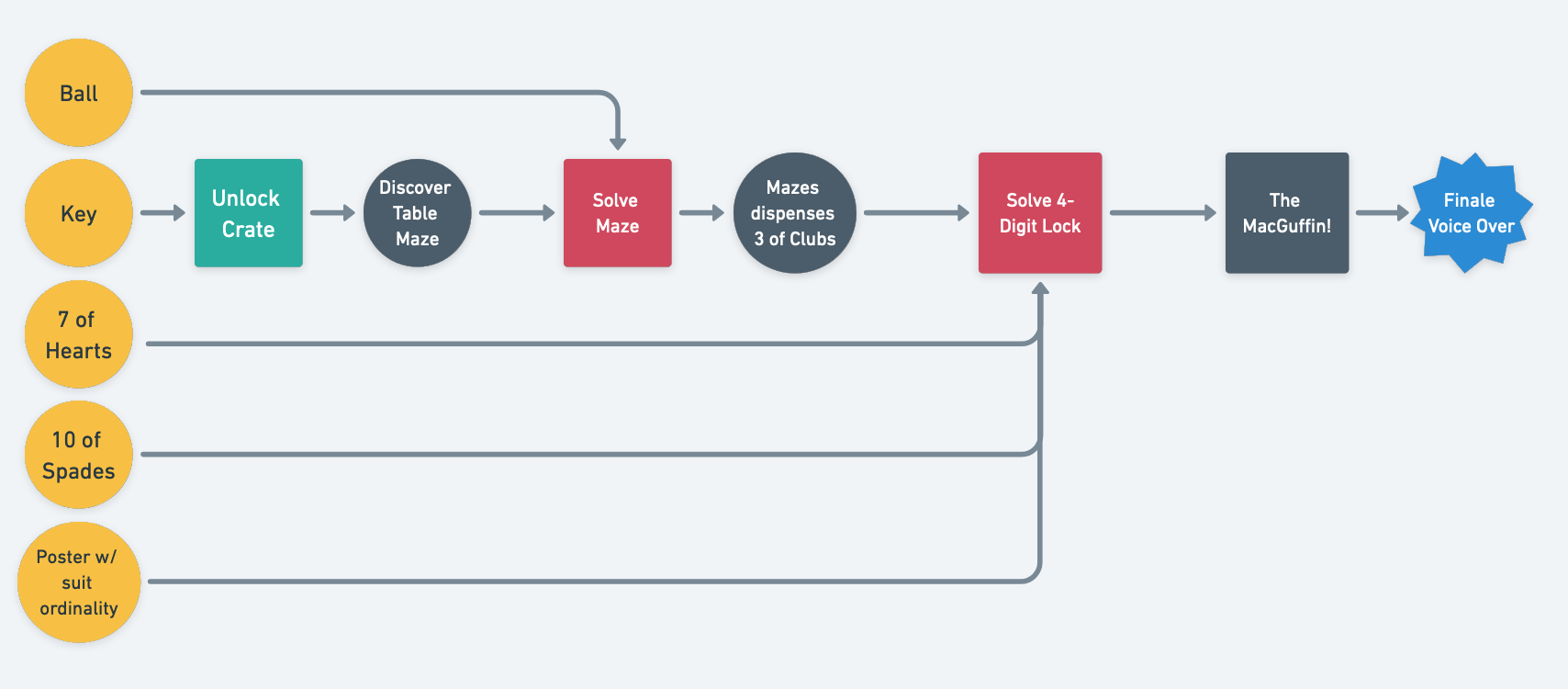
When I played my first dozen escape rooms, I mapped them by hand afterwards, trying to make sense of the chaos: why did this game feel frustrating? Why did this game feel fun?

In Bookends and Bottlenecks, I explored the structure Strange Bird Immersive uses to tell stories within the chaos of an